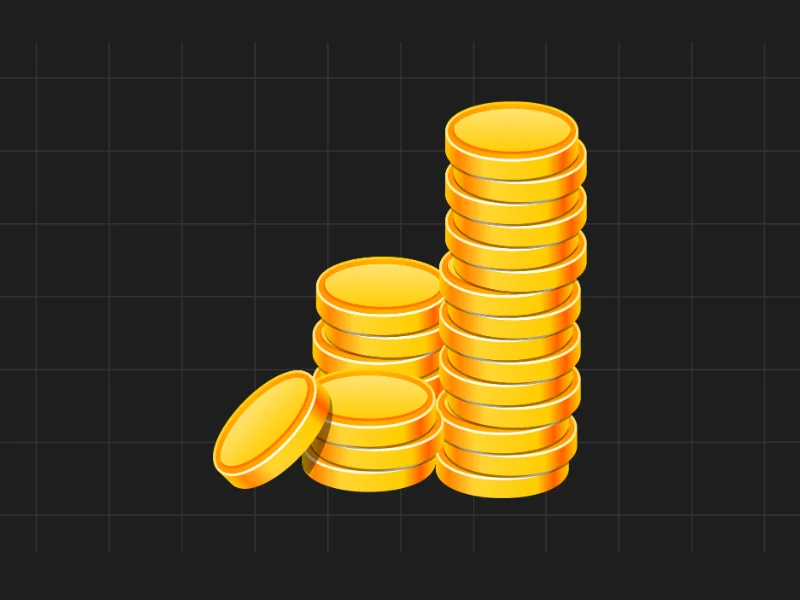Over the past three decades, central banks have been driving a huge demand for gold worldwide. This trend is important for all gold investors to understand. Many people recall periods when gold didn’t perform well and think the same may happen again. However, it’s essential to consider the bigger picture when evaluating gold’s performance over time.

The Impact of Gold’s Delinking from the Dollar
Before 1980, gold was linked to the US dollar. This changed in 1971 when President Nixon delinked gold from the dollar. As a result, gold surged from $35 per ounce to $850, a 25-fold increase. This rapid rise was followed by a long correction period. Something that goes up so dramatically in value will naturally correct itself. The following 15-20 years saw a downward trend in gold prices, largely due to central governments selling off their gold reserves.
Government Gold Sales and Market Impact
Between 1995 and 2005, central banks like Great Britain and Switzerland sold off large amounts of gold. Great Britain sold 400 tons, and Switzerland sold 1300 tons of gold during this period. This continuous selling kept gold prices lower for years. However, by 2005, the selling had slowed down, and the market began to stabilize. After the global financial crisis (GFC) in 2008, central banks started to buy gold again, realizing they needed it in their reserves.
The Role of the Global Financial Crisis in Renewed Gold Buying
The GFC marked a turning point when central banks recognized the importance of holding gold in their reserves. After decades of relying heavily on fiat currencies, they realized the need to hold more tangible assets like gold. Although there was a slight slowdown in gold buying in 2016 and 2017, the demand picked up again after COVID-19. A significant moment came when the US froze $400 billion in Russian assets, making central banks realize the vulnerability of their reserves held in foreign banks.
A Shift in Strategy: Holding Gold at Home
In recent years, many non-Western central banks have started to repatriate their gold. Countries like India, which has brought back 220 tons of gold from overseas, still have over 300 tons held abroad. The risk of sanctions on reserves held in foreign banks has prompted countries to ensure they have control over their assets. This shift in thinking is now driving more central banks to buy and store gold in their own vaults.
Growing Demand for Gold in the Coming Decade
Currently, around 10% of global reserves are held in gold, far less than the 25-40% seen in earlier times. Even if this percentage increases from 10% to 20% in the next decade, there will be a relentless demand for gold. This surge in demand shows no signs of slowing down. With central banks across the globe increasing their gold holdings, the gold market is set to remain strong for years to come.
Disclaimers and disclosures : https://tinyurl.com/2763eyaz
If you have any questions, please write to support@weekendinvesting.com













